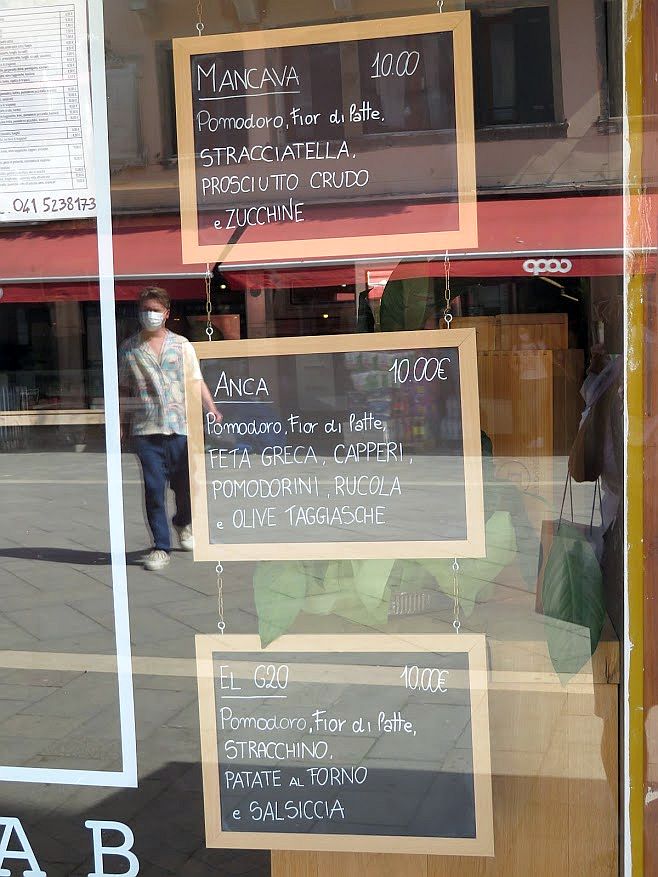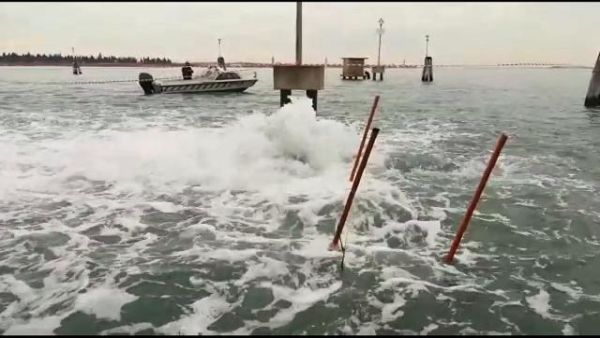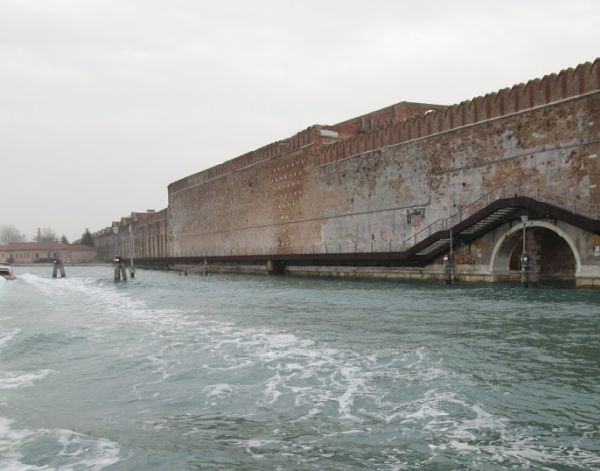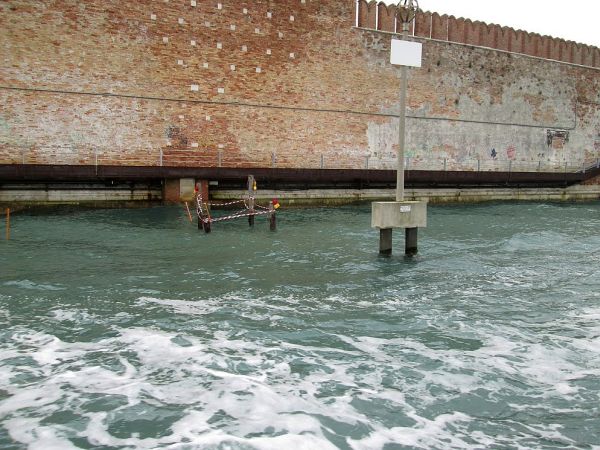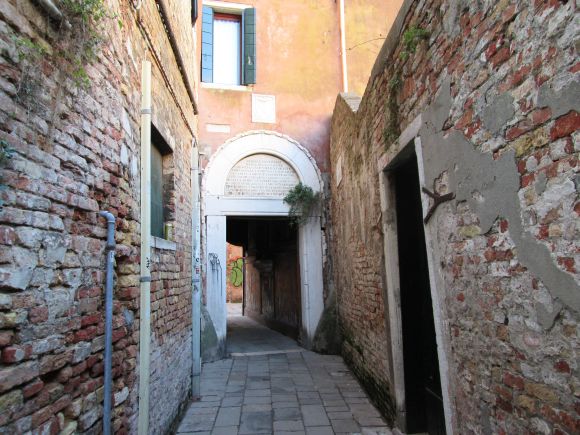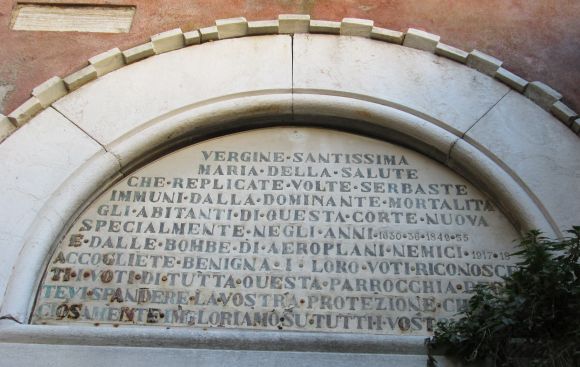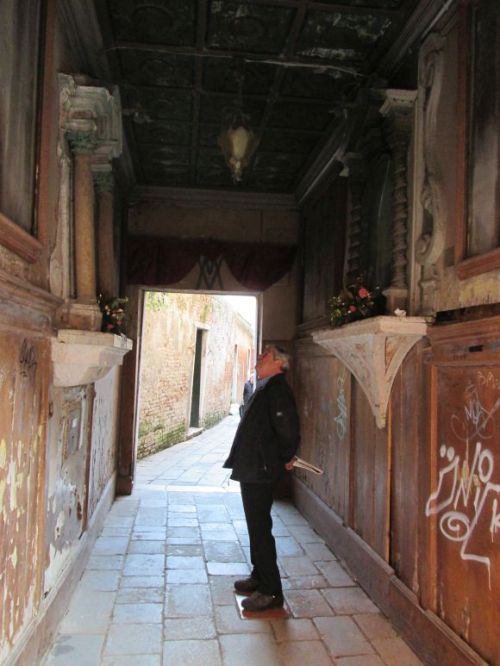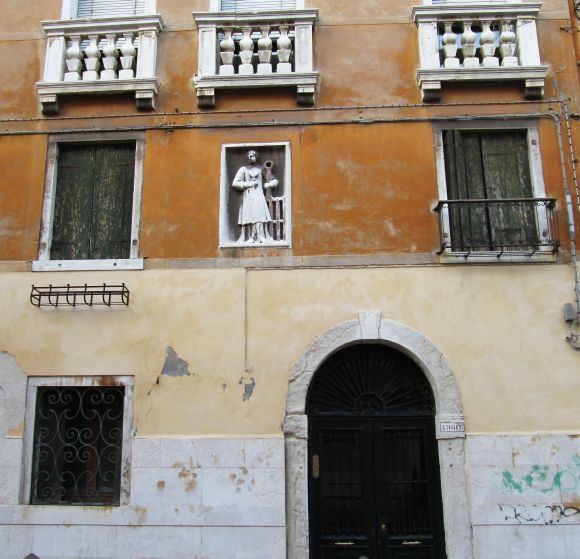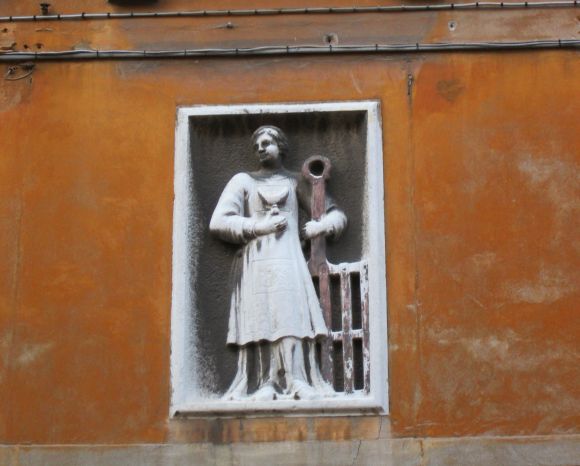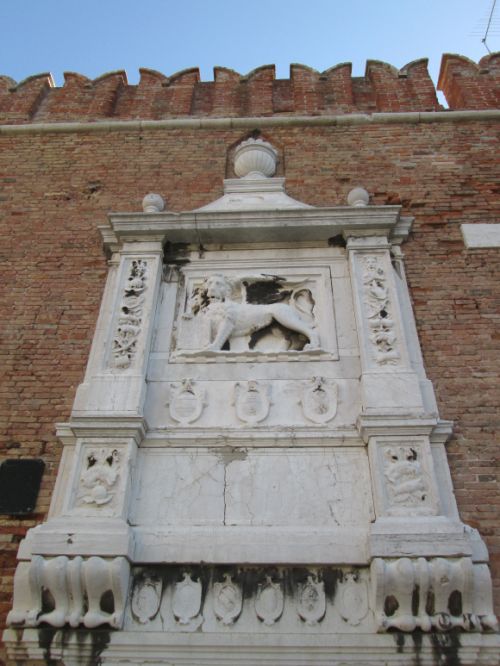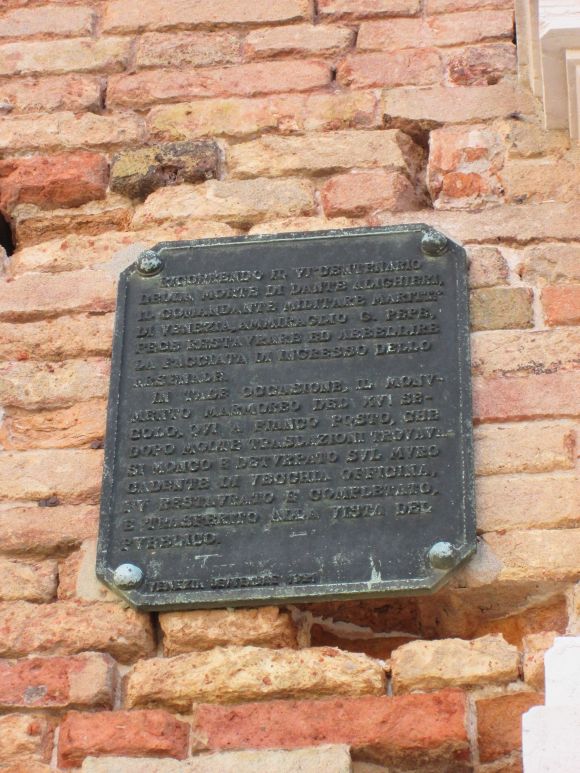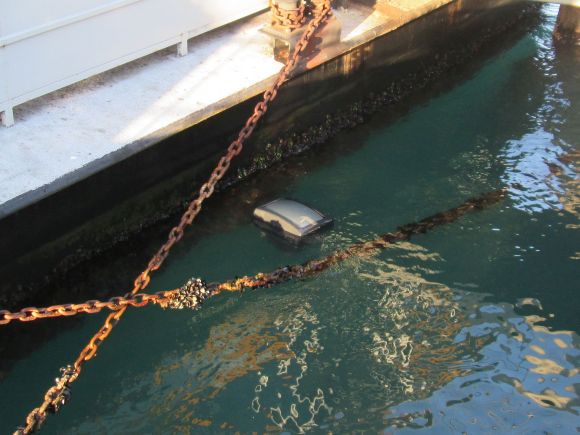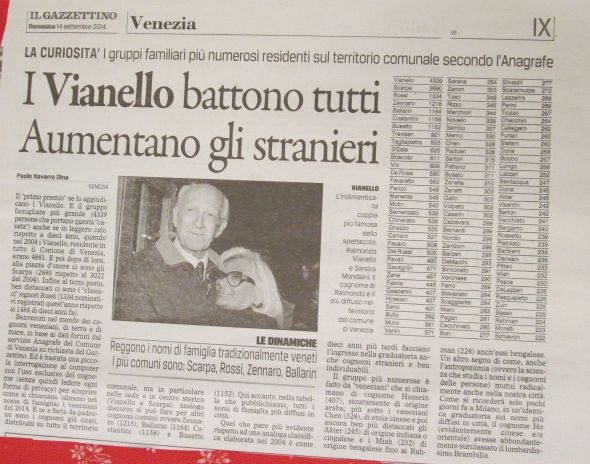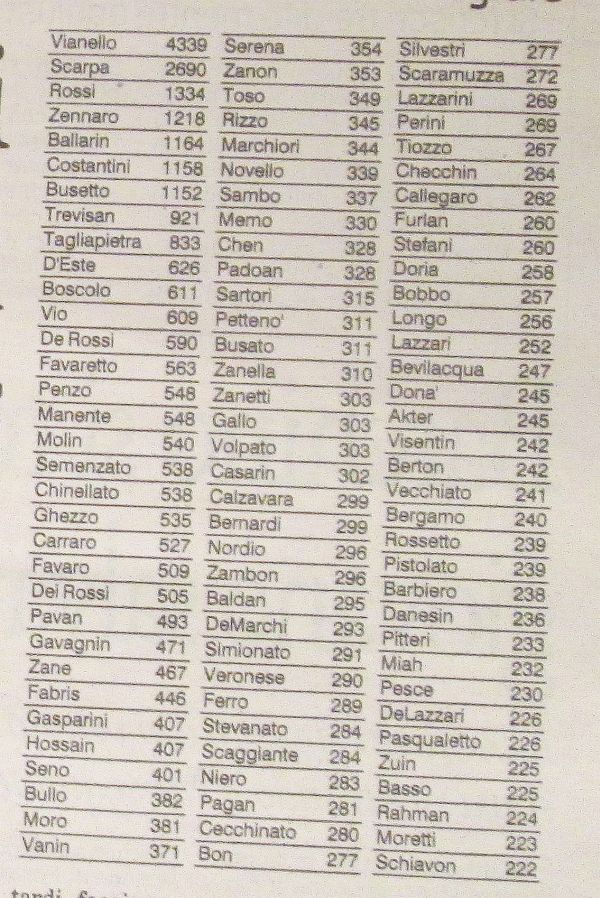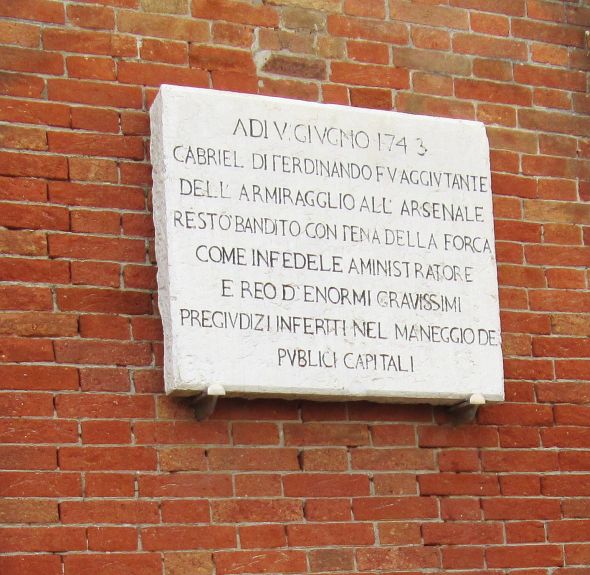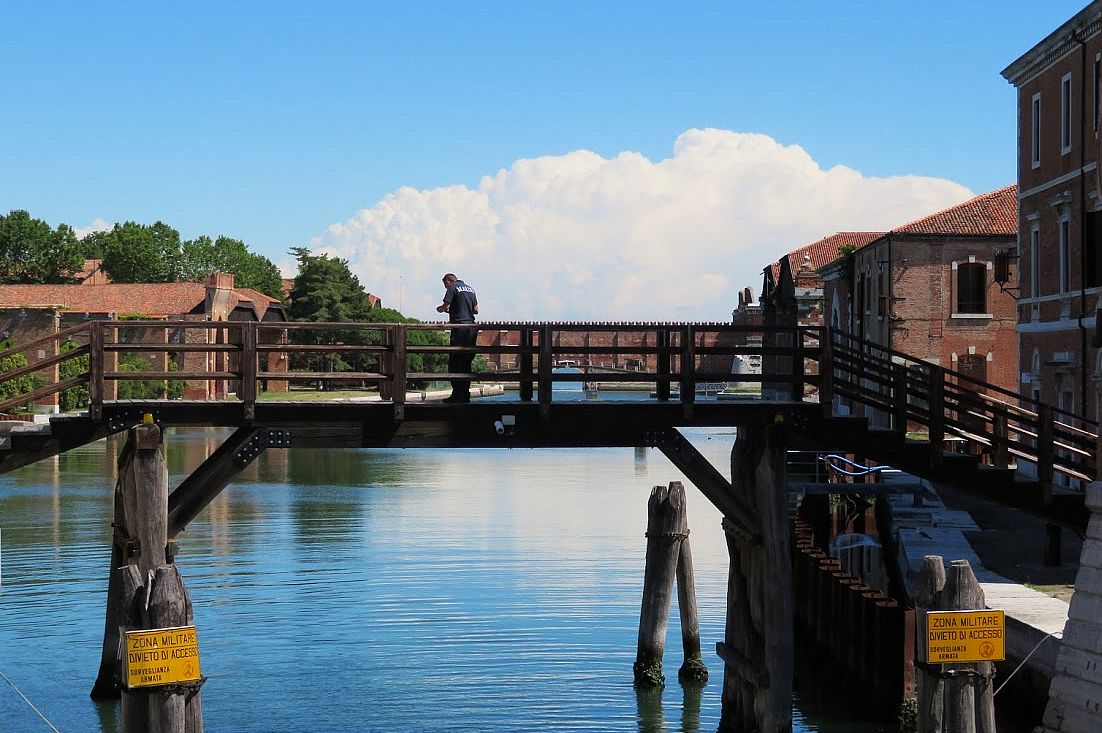
The G20 are coming for dinner. And breakfast, and fancy fetes, and big meetings from July 7-11, and for days we’ve been given periodic updates on what this will entail for daily life.
For those who may not feel like knowing more than necessary, here are the basics (thank you, Wikipedia): The G20 is composed of most of the world’s largest economies, including both industrialized and developing nations. The group collectively accounts for around 90 percent of gross world product (GWP),[4] 75-80 percent of international trade,[A 1] two-thirds of the world’s population,[2] and roughly half the world’s land area.
Think: Economic Ministers and governors of central banks. Also think: Organized demonstrations protesting the many defects of the global economy, with protestors coming from far and also wide, at least some of whom are known to prefer violence. Each group will be assigned a specific area from which to express their views. They won’t be near the Arsenal, I think I can promise that.
This year it was Italy’s turn to play host, and considering that by the late 13th century Venice was the richest country in Europe, it seems pleasantly appropriate for the money masters to meet here. I doubt that was the organizers’ motivation, but it does fit. Although the decision was made in Rome, and not here, Venice may well have been seen as a city uniquely adapted to the control of movement by land or by water.
The city began planning all this last January (probably much earlier, actually), by means of at least ten separate committees. The basic idea was to keep the city in as normal a condition as possible with the help of 1500 extra police (Carabinieri, Guardia di Finanza, Polizia di Stato, etc.), including police divers ready for canal duty. The prefect made a big point of saying he could have just shut the city completely down, but wanted to show it as open and even welcoming. I hope that turns out to be true.
Some statistics: The eleven canals nearest the Arsenal were emptied of the boats that normally are moored there. These 450 vessels were temporarily transferred to the marinas at the Certosa island (“Vento di Venezia”) and Sant’ Elena Marina. I believe there is no cost for this to the owners, but there will certainly be some inconvenience in going to either place to get your boat.
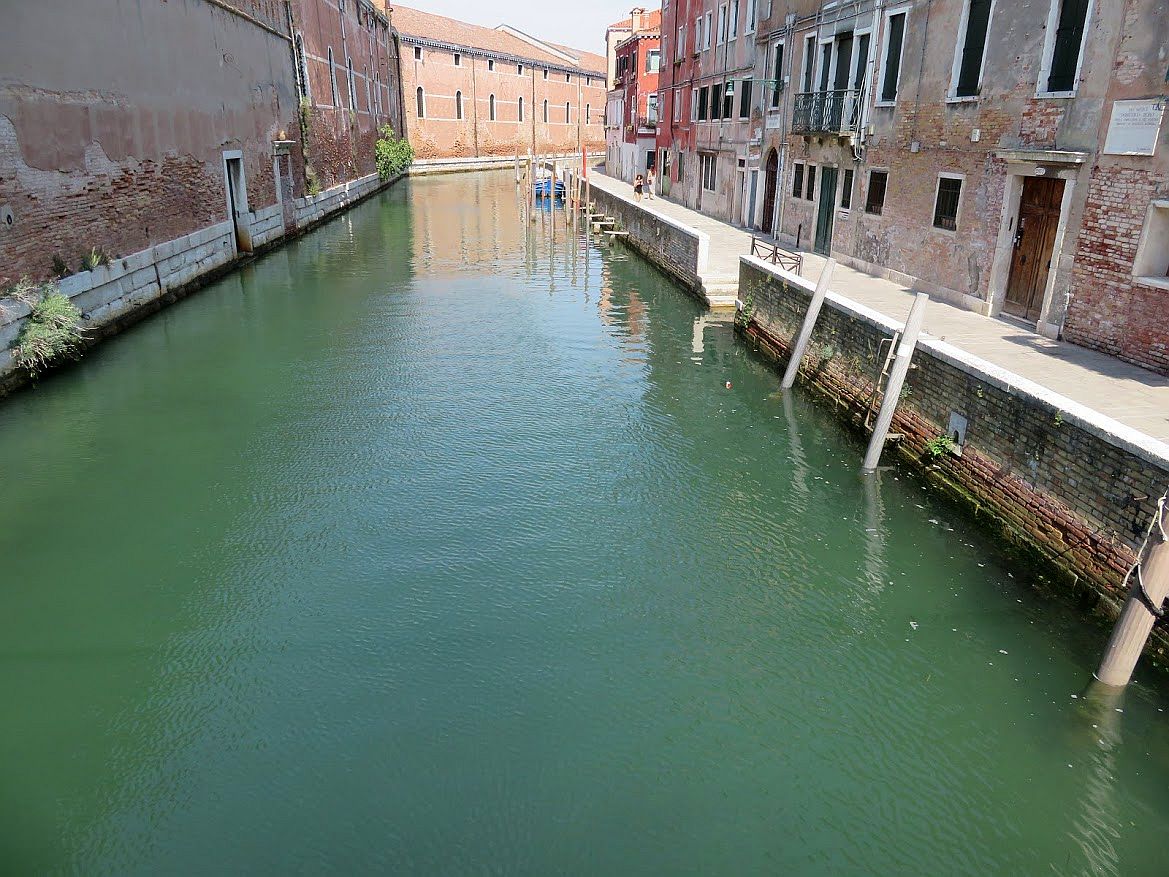
The 62 delegations (size of each unknown) will be lodging in eight luxury hotels in the city. The extra police that have been brought in as reinforcements will be bunking on the mainland, if that interests you.
Covid swabs every 48 hours are guaranteed to everyone at the meeting, at points in the Arsenal and in the delegation hotels. Ambulances are on standby.
The yellow area is the “Security Zone,” accessible only to residents and shopowners who show their pass. At “D” you find the taxi station between San Zaccaria and the Arsenal is suspended, and at E and F the fuel station and boatyard by the church of San Pietro di Castello are suspended, seeing that they are within a few feet of the second water entrance to the Arsenal. No yachts will be permitted to tie up along the Riva degli Schiavoni.

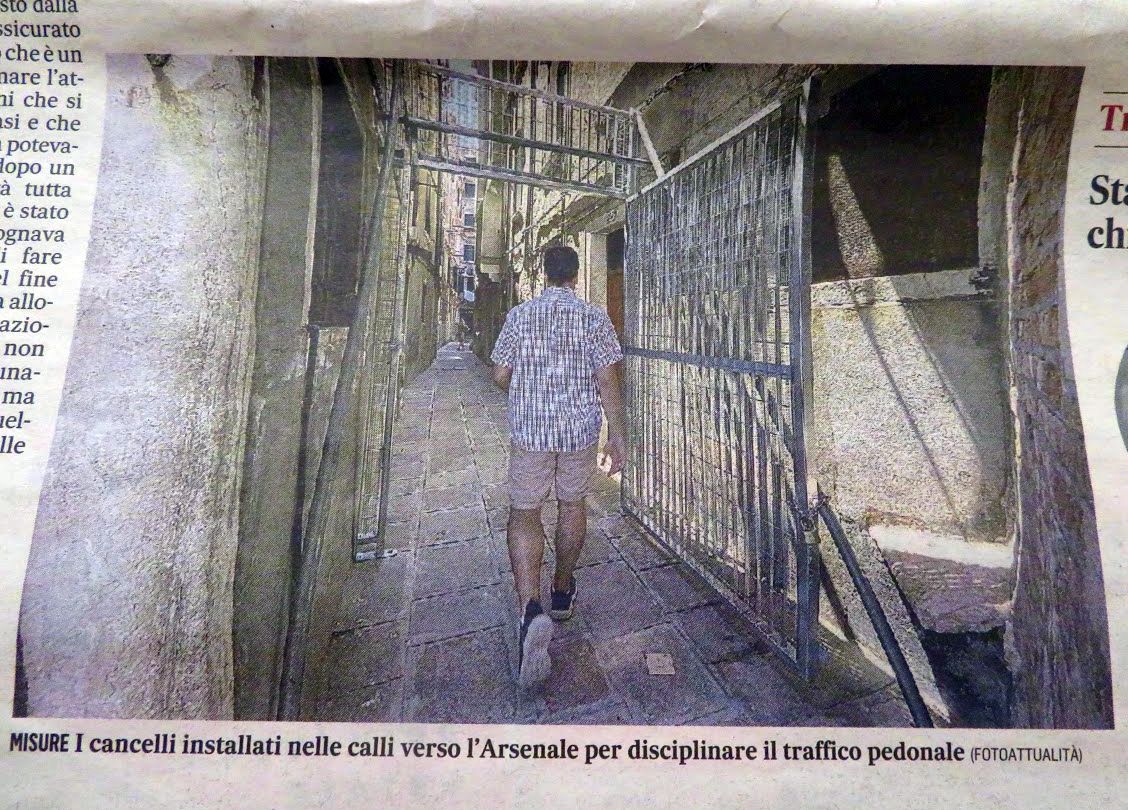
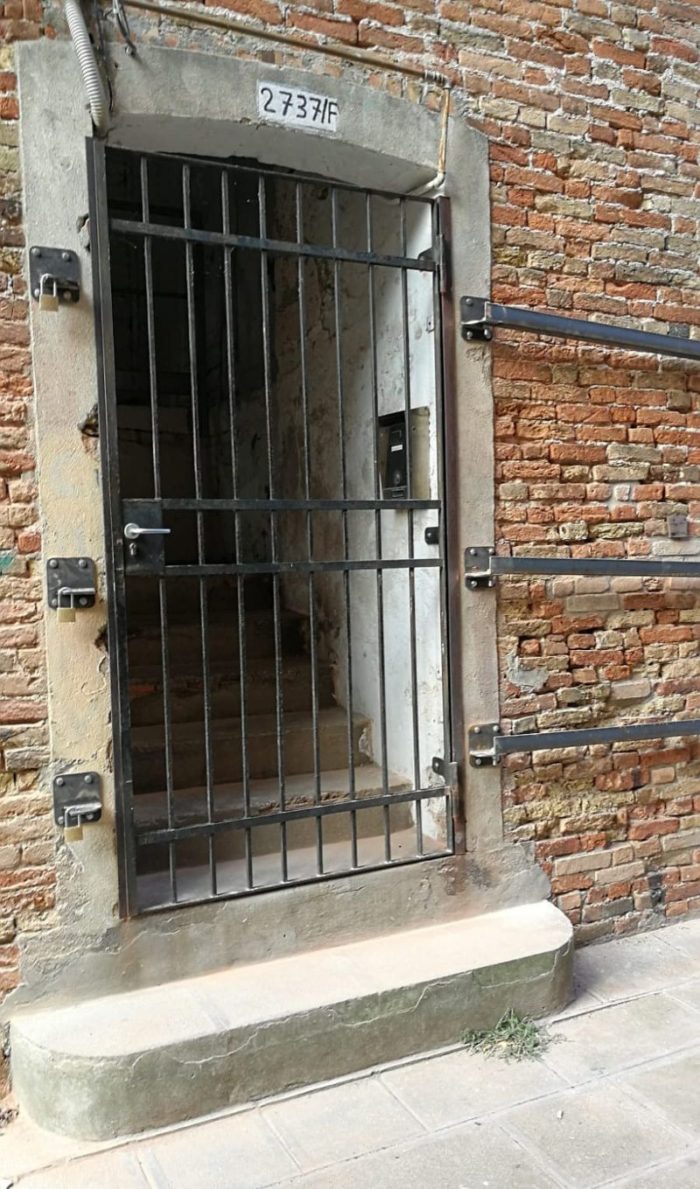
The vaporetto stops closest to the meeting site (Arsenale, Bacini and Celestia) will be suspended. The Fondamente Nove are partially unavailable to traffic; one helpful notice explained to residents of the Lido that if they needed to go to the hospital, they would have to go to Murano, then proceed to the hospital by way of the Fondamente Nove stop.
Baffled by how this would work, I studied the vaporetto options and discovered Line #18 that runs from the Lido to the Murano stops, where you change for the 4.1. As if normal life here weren’t already sufficiently inconvenient, this line operates once an hour from 9:18 AM to 7:50 PM, with a break between 12:18-4:50 PM. I don’t know that I’d undertake the voyage except in case of direst need.
Navigation will be controlled according to this color-coded scheme, and that means everybody, up to and including you and your aging uncle who wants to take the motorboat out to go fishing.
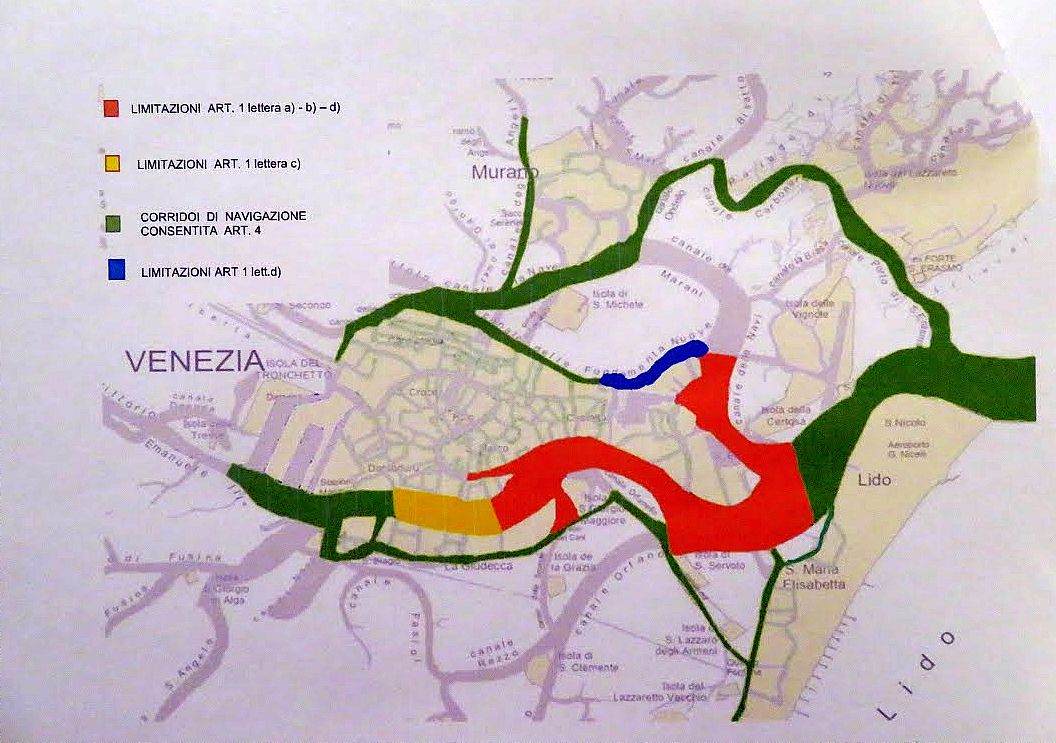
Transport of merchandise will be forbidden between 8:00-10:00 AM and 4:00-6:00 PM. (See the red-orange zone on the map.) Restaurant owners have been advised to stock up early, in case there are any glitches.
Don’t imagine that you can somehow manage to cleverly do things your own way; there will be some 60 boats of the Guardia di Finanza out patrolling, as well as four helicopters. I appreciate the prefect’s assurances that normal life will continue, but I’m starting to wonder how many people are just going to decide to take a long weekend and go to the mountains.
